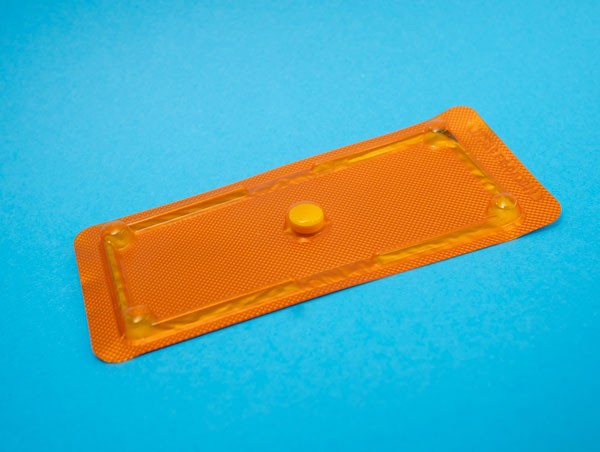Medical devices are involved in various aspects of healthcare and as a result, their manufacturing processes and the packaging that covers and protects them are essentially different. It is estimated that 10% of medical device recalls are due to failure in packaging and of these over 30% are due to a hole in the packaging.
The stringent regulations for better and enhanced packaging of pharmaceutical and medical products and equipment have resulted in the design and development of a variety of medical polymer films. These films prevent a product from moving or escaping from the enclosed package and also provide protection against environmental factors such as contaminants that can enter the package and cause damage to the products.
Newly developed flexible films have increased the scope for medical applications owing to their advantageous properties such as easy handling and storage, cost-efficiencies, and enhanced consumer convenience. Their inherent barrier properties with the addition of coatings, film types, and other manufacturing methods, improve their attributes significantly.
In recent years, the healthcare industry has replaced various conventional metal and glass packaging with high-barrier packaging films using single polymer structures, metallized films, and a wide range of specialized coatings. These technical enhancements can comply effectively with regulatory policies and reduce overall costs. Advancements in medical packaging films have improved properties such as resistance to radiation, good tear strength, enhanced dimensional stability, and resistance to water vapor and chemicals. Medical packaging films are designed with the purpose of conforming to medical standards and ergonomically protecting the integrity of the product – as medical products often need sterilization before packaging.
The increasing focus on improving the shelf life of medical devices and products and eliminating the probability of bacterial or viral contamination have accelerated the demand for packaging films in the medical and healthcare industry. According to a recent analysis by research company Reports and Data, the global medical packaging marketsize is expected to reach US$ 9.47 Billion in 2028 at a CAGR of 5.1% during the forecast period.
Key features of medical packaging films
The correct selection of medical packaging is a crucial and complex decision. The packaging chosen must meet the regulatory requirements and be safe for both patient and users. According to the regulatory standards, the medical device packaging should conform to the following criteria:
- Comprise known and traceable materials
- Must be non-toxic, biocompatible, and odorless
- Should be devoid of holes, tears, creases, and localized thinning
- Must allow efficient sterilization
- Provide enhanced protection
- Maintain proper sterility until use
These packaging films should reduce safety hazards to both patients and users and provide enhanced protection to the medical product during transport and storage. The reasons behind these requirements are crucial for the effective functioning of the medical product or device. For instance, pore size contributes to the barrier performance against bacterial and viral contamination, tear strength enables controlled tearing when opening the product, and tensile strength confers better protection to the contents of the packaged materials.
Common types of medical packaging films
Medical products are usually dependent on medical polymer films – which is an essential component of medical packaging. They maintain the integrity of the product and prevent the possibility of contamination along with providing aseptic conditions and protection against moisture, gases, and other environmental factors. Single films, laminations, and coextruded films are some types of medical film materials used in medical packaging.
Laminates generally contain two or more individual films, which offers a final product having remarkable properties of each film. These films are stable and used to manufacture pouches. Coextruded films are used to produce laminates of several layers of films and are often used as a replacement to adhesives and coatings. Since most coextruded films are impermeable to gases, they are increasingly adopted for use in the packaging of sterile products.
Significant investments in medical packaging films
In August 2021, the Berry Global Group, a Fortune 500 company and a leader in the manufacturing and marketing of plastic packaging products announced the installation and start of a commercial-scale, full-enclosed ISO 7 Class cleanroom from extrusion to packaging for its proprietary 9-layer blown film production line. It is aimed at providing customers with complete safety for crucial and specific requirements of healthcare and pharmaceutical applications. The facility is the first in the United States and will cater to the supply of highly sensitive applications such as pharmaceutical packaging, sterile intravenous bags, and medical equipment manufacturing.
In July 2021, Pregis, a global provider of innovative protective packaging materials, invested US$ 80 million in a new state-of-the-art blown film extrusion facility to produce the latest engineered films to manufacture packaging solutions for food and medical device applications. The investment is for its plant in Anderson, South Carolina.
The above article has been rewritten by the www.healthtekpak.com desk based on inputs from Reports and Data.









